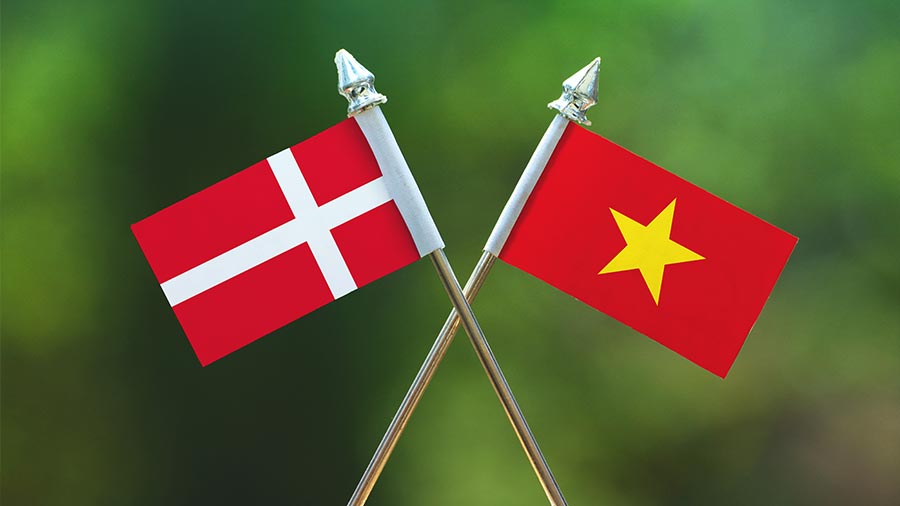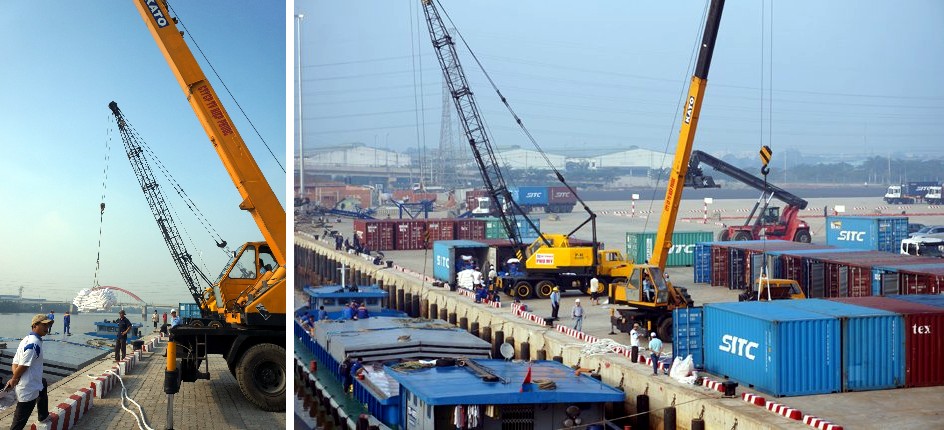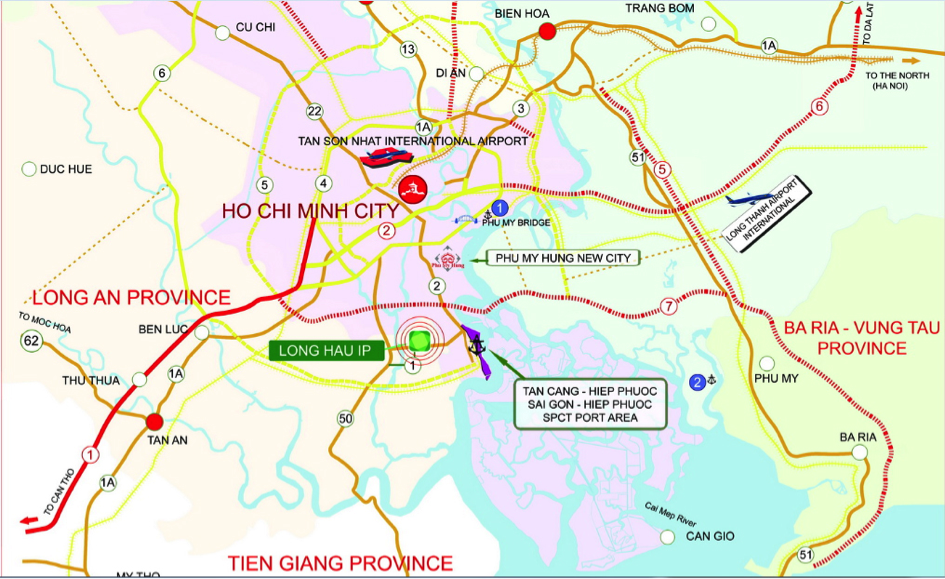Tan Cang-Hiep Phuoc Seaport Set to Grow Trade in Southern Vietnam
HCMC – The Tan Cang-Hiep Phuoc seaport, located alongside the Saigon Premier Container Terminal, commenced operations in December with the arrival of its first container ship, Saigon Bridge. Among its many benefits, the Tan Cang-Hiep Phuoc shipping lanes have shortened the waterway by nearly 30 km, saving two hours in transportation time and halving fuel costs.
Tan Cang-Hiep Phuoc has been strategically located in order to facilitate the connection of the entire southern area of Vietnam. The port will speed up the circulation of goods, saving time and reducing the transportation costs of enterprises located in the area, particularly for those in nearby industrial parks, such as Long Hau Industrial Park.
 RELATED: Dezan Shira & Associates’ Business Advisory Services
RELATED: Dezan Shira & Associates’ Business Advisory Services
The new seaport is located in the heart of the Hiep Phuoc Port Urban Area in Ho Chi Minh City (HCMC). The Hiep Phuoc seaport system is made up of a cluster of seaports which serve the Southern Key Economic Region of Vietnam, comprising the Saigon Premier Container Terminal, Tan Cang-Hiep Phuoc, and Saigon-Hiep Phuoc. Additionally, Tan Cang-Hiep Phuoc takes advantage of the Soai Rap Estuary, which serves as a key shipping hub for Asian goods being transported to, and from, Vietnam.
The port will supplement the existing Cat Lai port (located in District 2 of HCMC), which only has a capacity of 30,000 DWT and has been overloaded in the past. Tan Cang-Hiep Phuoc has the capacity to receive ships of 50,000 DWT.
Construction of Tan Cang-Hiep Phuoc has been divided into two phases. The first phase of the project has been completed and port operations have begun, the second phase of the project is expected to be completed by next June. The first phase included the construction of:
- A 12-hectare yard to hold shipping containers
- A 300-meter-long pier to handle 50,000-DWT vessels
- A 253-meter-long dock for barges
- Other specialized equipment
Vietnam’s Port Infrastructure Capacity
While the new seaport will be welcomed by exporters, Vietnam’s port infrastructure faces a problem of oversupply. This has been exacerbated by the country’s goal of increasing shipping by over 130 percent from 2012 levels by 2020. In aid of this goal, the Transport Ministry is currently seeking over US$30 billion in private funding for transportation infrastructure projects through 2020.
The heightened competition between the country’s ports to attract investment has caused the Transport Ministry to set a two-year minimum handling fee of US$46 per 20-foot container to prevent a further fall in shipping costs.
Although exporters benefit from the increasing choice of ports, choosing the right area to invest in throughout such a saturated market has its challenges. Choosing the right location, with access to the necessary infrastructure, is vital for any business seeking to operate in Vietnam.
If you are interested in further information on Vietnam’s port infrastructure or industrial parks, please contact vietnam@dezshira.com.
|
Asia Briefing Ltd. is a subsidiary of Dezan Shira & Associates. Dezan Shira is a specialist foreign direct investment practice, providing corporate establishment, business advisory, tax advisory and compliance, accounting, payroll, due diligence and financial review services to multinationals investing in China, Hong Kong, India, Vietnam, Singapore and the rest of ASEAN. For further information, please email vietnam@dezshira.com or visit www.dezshira.com. Stay up to date with the latest business and investment trends in Asia by subscribing to our complimentary update service featuring news, commentary and regulatory insight. |
Import and Export: A Guide to Trade in Vietnam
In this issue of Vietnam Briefing Magazine, we provide you with a clear understanding of the current business trends related to trade in Vietnam, as well as explaining how to set up your trading business in the country. We also attempt to give perspective on what will be Vietnam’s place in the Association of Southeast Asian Nations (ASEAN) in 2015, and look at some of the country’s key import and export regulations.
 Tax, Accounting, and Audit in Vietnam 2014-2015
Tax, Accounting, and Audit in Vietnam 2014-2015
The first edition of Tax, Accounting, and Audit in Vietnam, published in 2014, offers a comprehensive overview of the major taxes foreign investors are likely to encounter when establishing or operating a business in Vietnam, as well as other tax-relevant obligations. This concise, detailed, yet pragmatic guide is ideal for CFOs, compliance officers and heads of accounting who need to be able to navigate the complex tax and accounting landscape in Vietnam in order to effectively manage and strategically plan their Vietnam operations.
 An Introduction to Doing Business in Vietnam 2014 (Second Edition)
An Introduction to Doing Business in Vietnam 2014 (Second Edition)
An Introduction to Doing Business in Vietnam 2014 (Second Edition) provides readers with an overview of the fundamentals of investing and conducting business in Vietnam. Compiled by Dezan Shira & Associates, a specialist foreign direct investment practice, this guide explains the basics of company establishment, annual compliance, taxation, human resources, payroll, and social insurance in the country.
- Previous Article Vietnam to Launch National Foreign Investment Information System
- Next Article Neue Investitionsmöglichkeiten in Vietnam: Long Hau



































